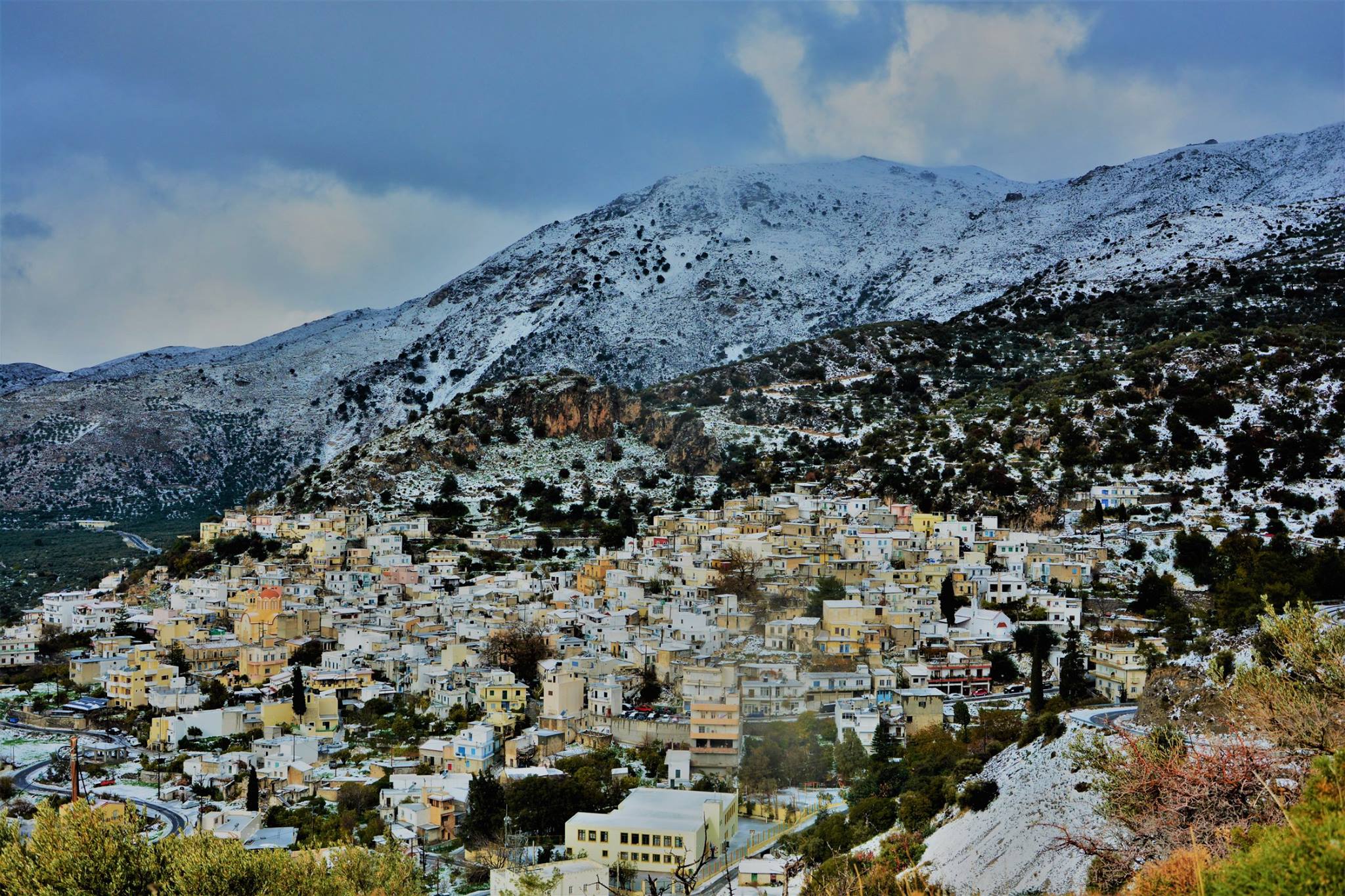
Municipality of Viannos. The Historical and Folklore Museum of Viannos.
Municipality of Viannos. The Historical and Folklore Museum of Viannos.
7, Eleftherias str.
www.viannos.gov.gr
Municipality of Viannos. The Historical and Folklore Museum of Viannos.
At the foothills of Mount Dikti lies the historic Municipality of Viannos. Its capital is Ano Viannos, but the municipality includes 16 communities. Its privileged location attracted residents since ancient times, when the city of Vienna is mentioned.
The Municipality of Viannos has the distinction of encompassing within its boundaries both mountainous ridges over 1,000 meters in elevation (with the highest peak being “Afentis Christos” at 2,140 m and two southern peaks at 2,025 m and 2,005 m) as well as a coastal front. In fact, it is the municipality with the longest coastline in southern Crete, with approximately 50 km of shoreline.
However, most villages are built on mountain slopes in order to be protected in the past from attacks by pirates and enemies from the sea.
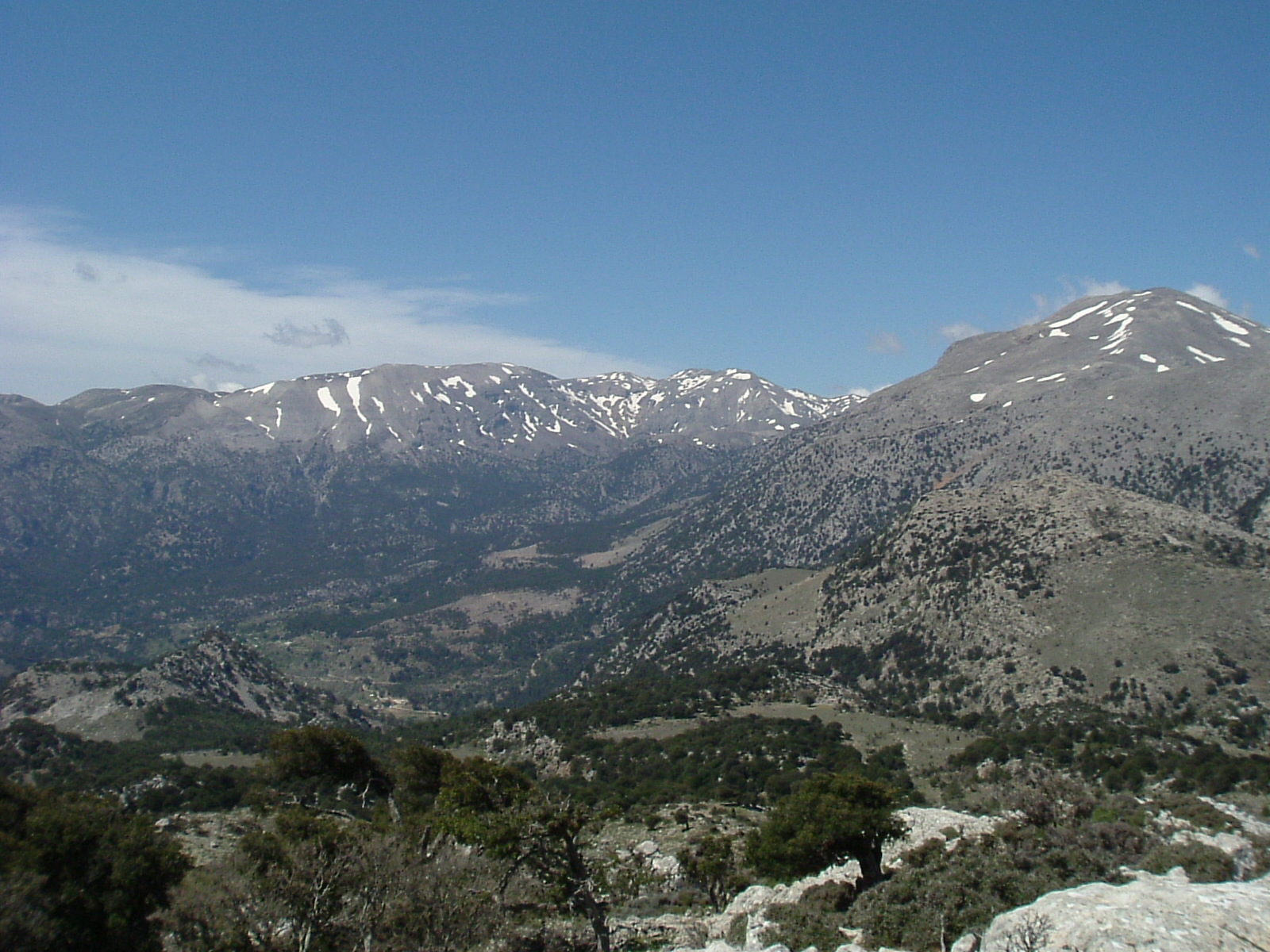
The economy has always been agricultural, although the terrain’s morphology did not favor large-scale cultivation. Nevertheless, the products of the area stand out for their quality, with olive oil being especially renowned. Many centuries-old olive trees continue to thrive in the olive groves of Viannos. Among these “old residents” stands out the “Great Olive Tree of Ano Viannos” in Ano Viannos, aged over a thousand years. For the past two years, the village has been organizing in August the Olive and Olive Oil Festival, which aims to highlight the exceptional extra virgin olive oil and its production.
“From Embaro, wine
from Viannos, olive oil
and from Mylopotamos, olives and rusk.”
The diversity of nature, the relief of the area, and its natural wealth remain unaffected by mass tourism. In recent years, the gorges and forests of Viannos have gradually become a destination for those who love hiking and mountaineering.
The area has been continuously inhabited, but it experienced its greatest prosperity during the Venetian occupation, when the settlements in the region were rich and populous.
During the Ottoman period, the area was also inhabited by Turkish families. However, the Vianites took part in revolts against the Turks, provoking retaliation by the Ottomans, who destroyed the villages of the province twice during the 19th century. The first time was in 1822 and the second during the Cretan Revolution.
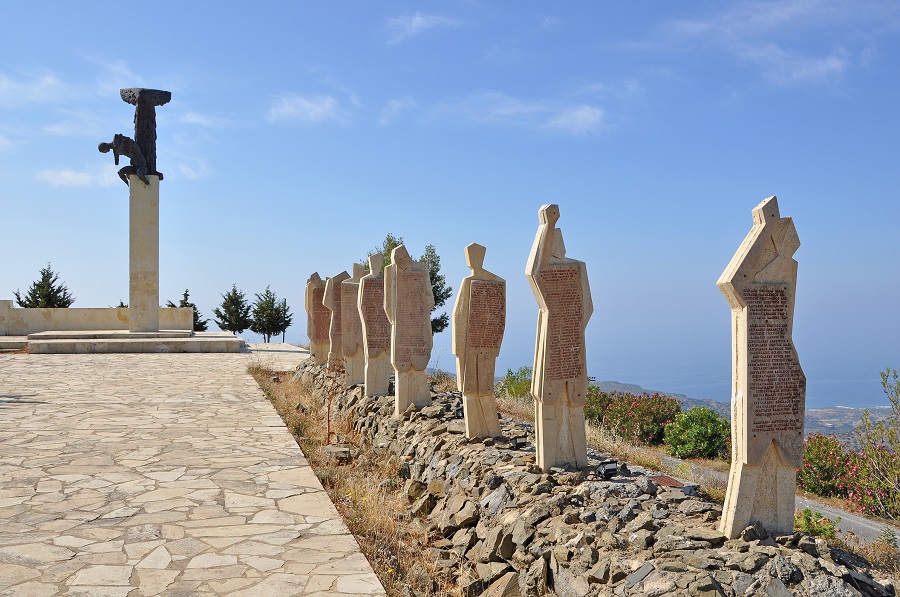
However, the greatest destruction to the area was caused by the Nazis in 1943, when hundreds of residents were executed en masse in retaliation for guerrilla attacks on German soldiers. There was not a single family in the villages of Viannos that did not mourn the loss of loved ones. Not even children, the elderly, or the disabled were spared by the German soldiers. The bronze monument, “Martyrs and Victims,” by sculptor Yannis Parmakelis in the village of Amira, is dedicated to the victims of the Viannos massacre.
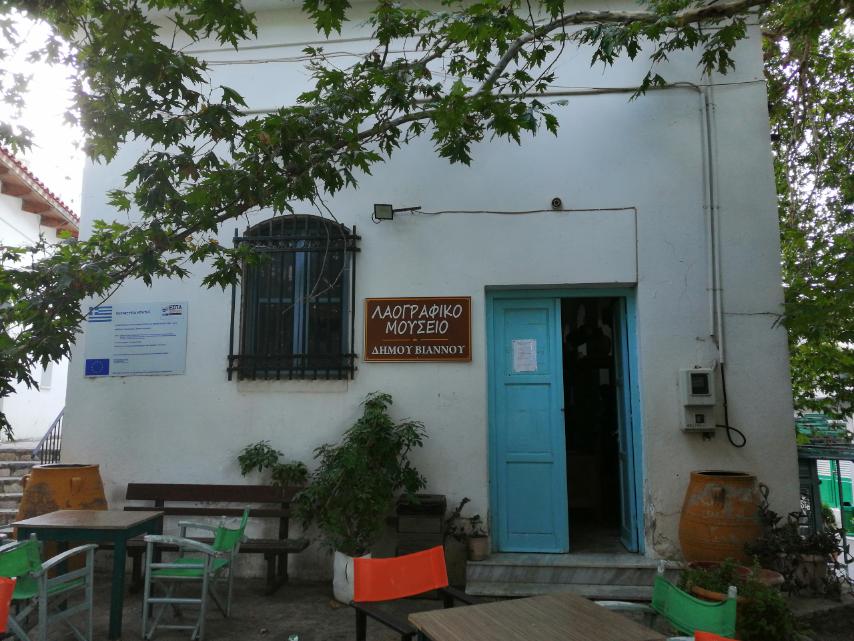
The Historical and Folklore Museum of Viannos is dedicated to the residents of Viannos and their daily lives. It was created thanks to the passion, efforts, and perseverance of Dimitris and Aliki Spanakis, who assembled a remarkable folklore collection. Kitchen utensils, tools, household items, agricultural equipment, and dowries, donated by residents, highlight the professional activities and occupations of people from a bygone era. The historical relics in the collection include photographs, coins, documents, as well as weapons and ammunition from World War I and World War II.

The visitor is welcomed at the museum by the shade of a great plane tree and the bust of the significant Viannite writer and journalist Ioannis Kondylakis, a work by sculptor Giannis Kanakakis. Kondylakis, known for his works such as Patouchas, The Miserables of Athens, First Love, When I Was a Teacher, among others, has made his own mark in Greek literature and journalism.

The museum honors the great Cretan writer with a special exhibition section. Manuscripts, personal photographs, archival material, publications, and personal items recount his journey through time, shedding light on aspects of his life and work.
Selected Sources:

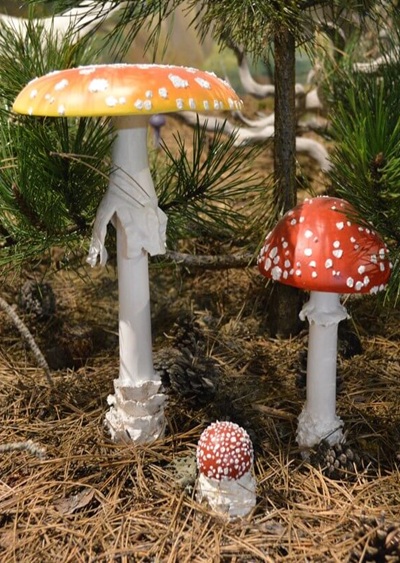
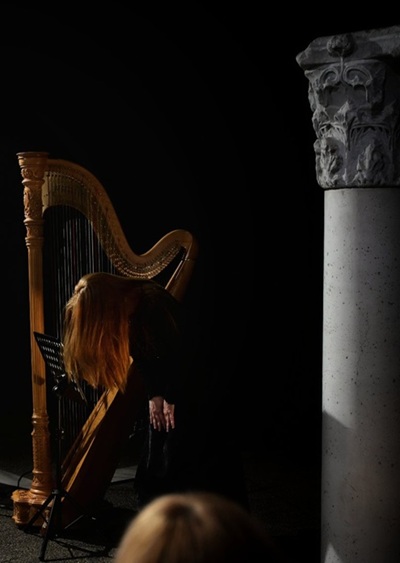
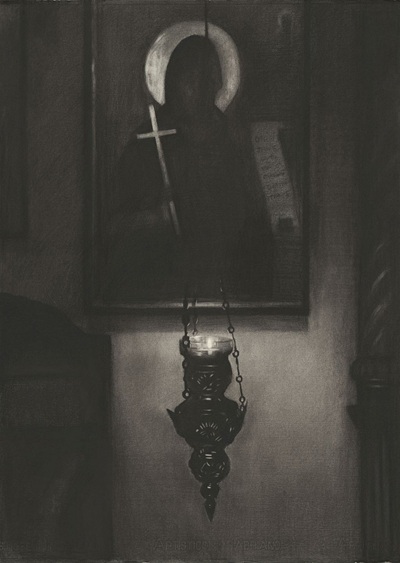
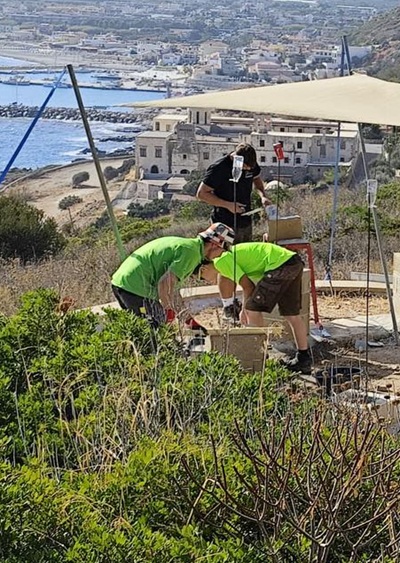
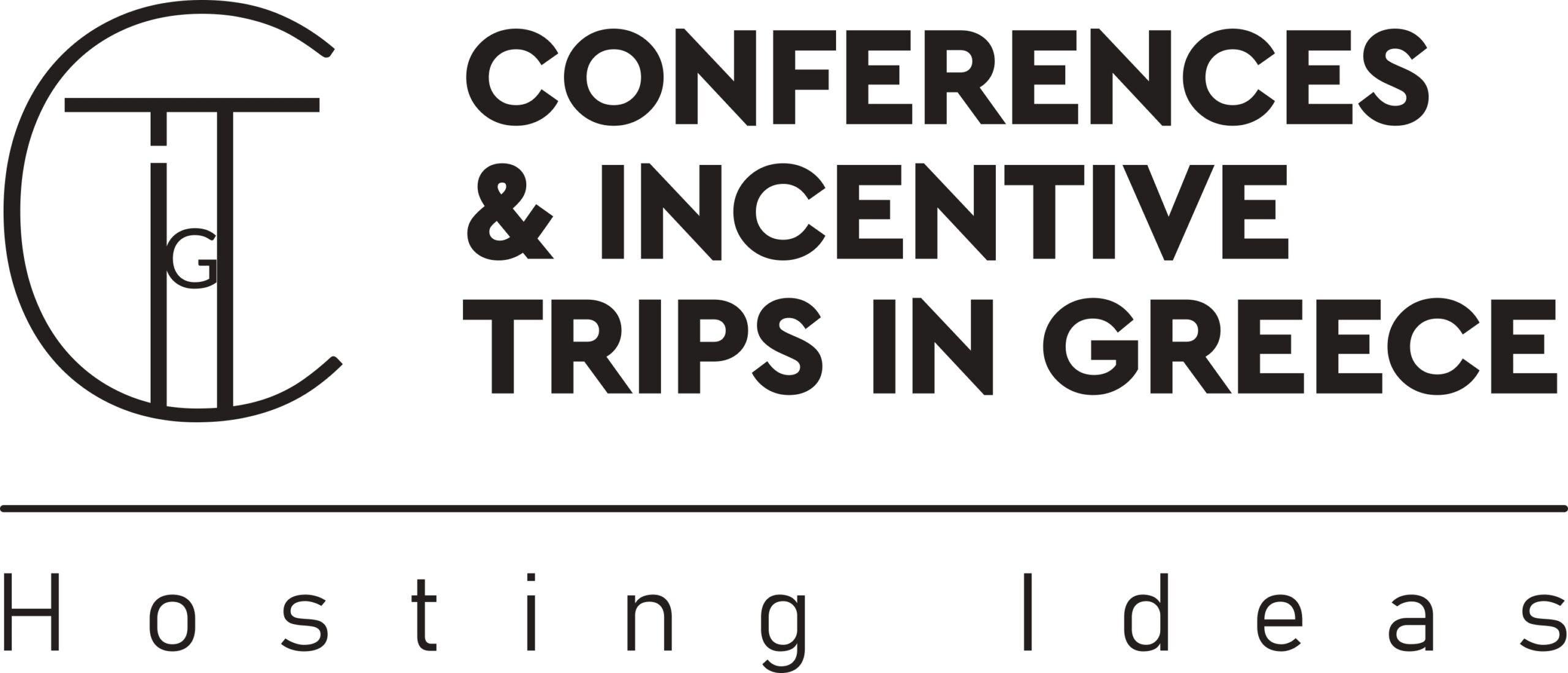
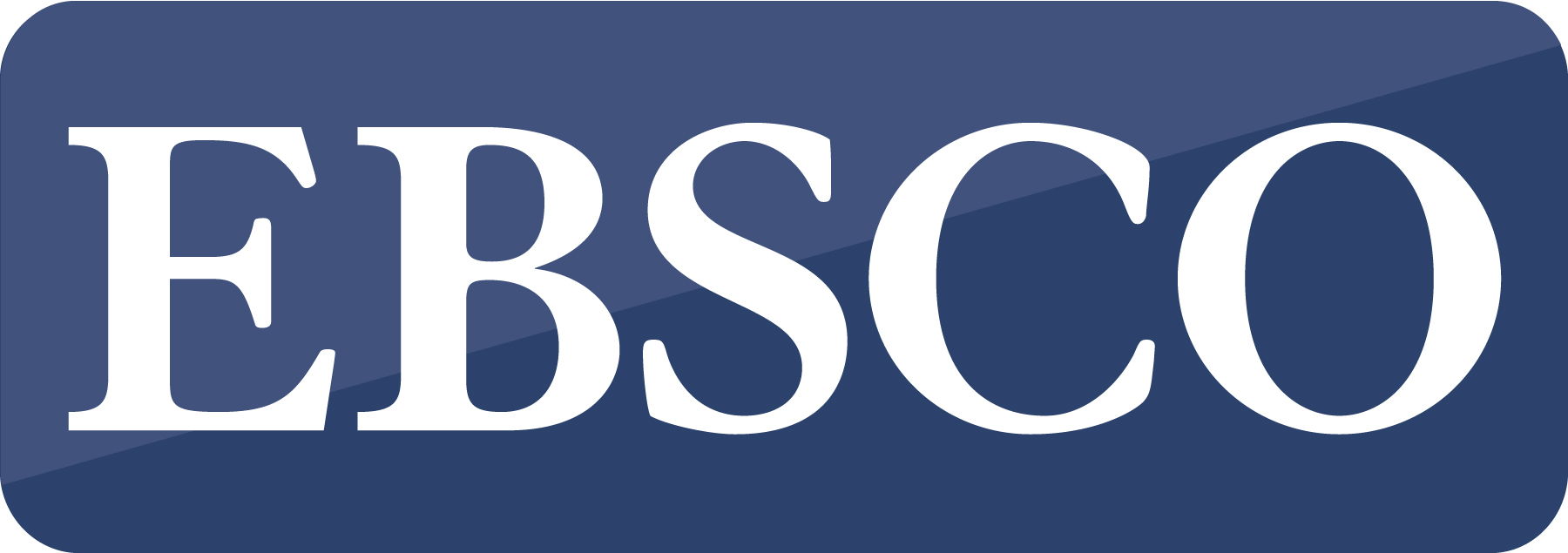
Leave A Comment